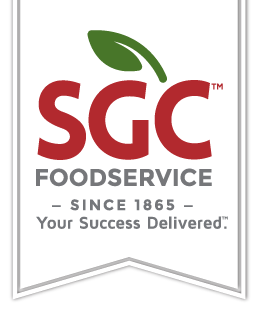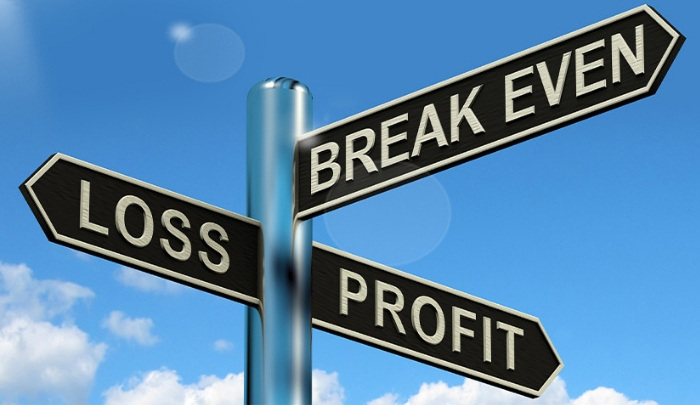Food costing is an integral part of profitability for any restaurant. In fact, it can be the difference between a restaurant that flourishes and one that fails. Ingredient pricing, food waste, and loss prevention are all important aspects of food costs, which typically average 20–35 percent, depending on the type of restaurant.
When it comes to food costs, every detail counts, particularly for restaurants with many locations where a few cents here and there add up quickly. Use these tips to help lower your food expense—and increase profits.
1. Think Premium
It is important to create a strategy to drive profit before the cases of product are delivered to your door. You can elevate your menu by selecting more quality produce and proteins along with health-conscious sides. Guests are seeking transparency when it comes to ingredients and are willing to pay more for it. In fact, 94 percent of patrons desire more transparency in the communication from restaurants. Offering high-quality menu ingredients with premium attributes meets these customer demands.
2. Highlight Your Most Profitable Menu Items
Drive awareness of more profitable menu items with photos, digital menu boards and server recommendations. Educate your servers on the premium ingredients and savory elements of these profitable items, so they can communicate the dishes to customers. Never underestimate the daily special -- you can take advantage of a special to deplete overstocked or near-expired food items. You can also use the daily special board as an opportunity to test premium upgrades such as responsibly-raised, antibiotic-free meat.
3. Focus on Portioning
This is not only good for food costs, it ensures a consistent experience for customers, especially across chain locations. Train cooks to use portion scales, ladles or other measuring devices for sauces, cheese, meat and other ingredients. Monitor how much food is left on patrons’ dishes and adjust portion sizes accordingly.
4. Don’t Decline Ugly Produce
When ordering fruits and vegetables, talk to your SGC sales rep about produce specifications—lots of savings can be found here. For example, Number 1 grade avocados are unblemished, while Number 2 grade avocados may have some bruising. If your restaurant is serving large amounts of guacamole, the cheaper option may meet your needs.
5. Do Your Own Prep Work
This may not be realistic for every business—you’ll want to compare your food cost savings to labor costs—but some restaurants can save money by doing more prep work. Instead of buying shredded lettuce, buy heads and chop them yourself. Make your own hamburger patties or break down a whole bird. You can find creative ways to use the scraps, such as stocks and soups.
6. Educate Employees About Food Waste
Make sure employees understand that they are part of keeping food costs low. Cashiers should be equipped to answer guests' questions and use the POS system to create special orders. Cooks should be trained to look for special instructions and take the time to prepare each and every order correctly.
7. Be Cognizant of Theft
The last thing you want to imagine is your employees stealing, but loss prevention is directly associated with food costs. Comped food, free drinks and extra-generous employee meals add up. And it’s not just hourly employees—4 out of 10 manager codes are used fraudulently in POS systems.
Calculating food costs can seem overwhelming, but it is absolutely essential to your restaurant’s success. Not only does it positively impact your bottom line, it’s good for the work flow of your business, the environment and employee morale.
Get with your SGC Foodservice DSR for additional tips and services we can offer to help your operation be as profitable and successful as possible.
Source: Great Menus Start Here

